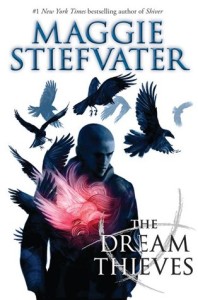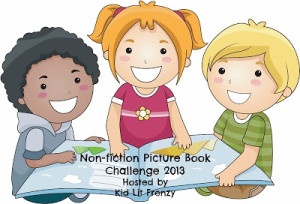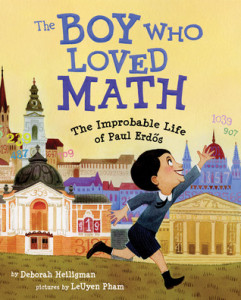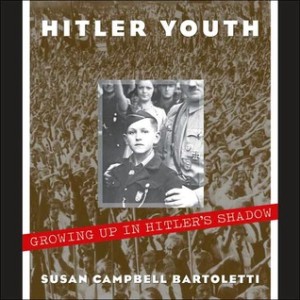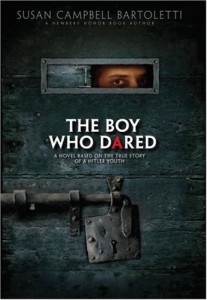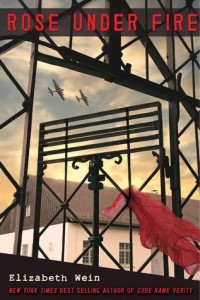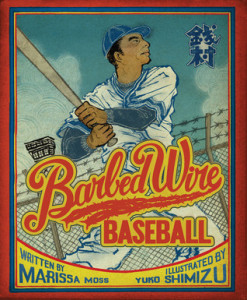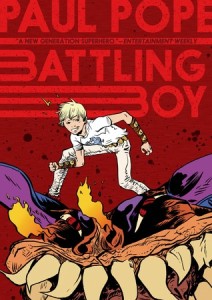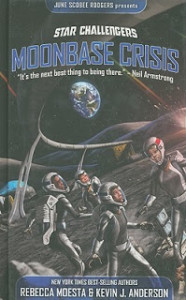
June Scobee Rodgers presents
Star Challengers: Moonbase Crisis
Authors: Rebecca Moesta and Kevin J. Anderson
Published October 22nd, 2010 by Catalyst Game Labs
Goodreads Summary: After an exhilarating space simulation field trip at the local Challenger Center, a group of students are hand-picked by the mysterious Commander Zota for a special adventure: to travel to the future and a real moonbase in trouble, where they will learn skills to save the human race.
My Review: Since I live in Florida, I am right in the middle of the NASA debate. Some feel that the science behind NASA and space exploration is not worth the money where others completely disagree. There are others who are somewhere in the middle, not knowing. To me, losing the space program is terrifying and the authors of this book take the same stance as me.
Moonbase Crisis is a book written by Rebecca Moesta and Kevin J. Anderson but it is presented by June Scobee Rodgers, the widow of a commander on the Challenger, and endorsed by many NASA legends such as Buzz Aldrin, Neil Armstrong and Sally Ride. It is also a direct endorsement for Challenger Centers which are centers across the US that teach kids about space and hope to inspire them by letting them experience simulated space missions. That is where this book begins.
JJ and Dylan Wren are invited to a special space simulation after going on a field trip to the Challenger Center. When they arrive the find out that they are 2 of 4 young people chosen to be part of this mission. They are taught how to use actual communication devices and even put on real space suits. Then Commander Zota, the man who invited them, asks them to step into a room and next thing they know they find themselves on a Moonbase. In the future.
Then on top of all of this, it is a pretty good story with some major suspense. I look forward to the 2nd book as this was obviously an exposition for more to come.
Teacher’s Tools For Navigation: Throughout this book, science is definitely a main topic. It is sprinkled throughout discussing astronomy, botanical sciences, chemistry, and more I am sure. Though the book is science fiction, the science within in pure fact. The book shows a future where science and space exploration are not priorities and hopes to promote science by showing how important it is.

My father gave me this book as a gift and was kind enough to connect me with Ms. June Scobee Rodgers who helped make this book happen. Ms. Scobee Rodgers is the widow of Challenger Space Shuttle Commander Dick Scobee and has spent her life making sure his legacy and NASA continue for years to come. I was lucky enough to be given an opportunity to interview her about the Star Challengers series and the Challenger Center programs:
Kellee: After the Challenger tragedy, yourself and other family members of lost Challenger astronauts opened the Challenger Center to honor them. Why was it decided to use their memory to focus on the education of children?
Ms. Scobee Rodgers: The Challenger 51-L mission soon became the “Teacher in Space” mission. The teacher Christa McAuliffe and I had a great deal in common as teachers. My husband Dick Scobee the Commander had always been mission oriented. So after we lost the “mission” the other family members of the shuttle crew joined with me to create an opportunity to reach the students and teachers around the globe still waiting for their lessons from the beloved school teacher who died along with my husband.
Kellee: What is your goal when it comes to the Challenger Centers?
JSR: Our board of directors and staff as well as all the Challenger Learning Centers all want to continue to reach students to inspire them with the importance of STEM education and the pursuit of careers with a tremendous shortage in those fields.
Kellee: How did the Star Challengers books come about?
JSR: Introduced through a mutual friend to famous author Kevin Anderson and his wife Rebecca, we explored opportunities to tell the Challenger story and STEM education with real science fiction that would both entertain and teach as well as inspire our youth across the country.
Kellee: As an educator and advocate for children’s education, what do you say to those who don’t believe that NASA and space exploration is beneficial for the future?
JSR: The largest concerns facing us as citizens right now are jobs and the economy. Job and economy growth is the direct outcome of new businesses, products and processes which since the end of World War II were created from our focus and investments in technology, engineering, research and science. And that can only happen when you have a citizenry and workforce with the talent to perform this vital role. Since 50% of all potential future scientists, engineers, technicians and similar key workforce tend to decide by the early age of 10-13 years that they either cannot do it or do not want to, we need to continue to expand our efforts to inspire and engage all of them. Even if they choose not to enter those fields. We need a STEM literate citizenry to ensure we hold the correct values for our society.
Kellee: What do you hope comes from the publication of the Star Challenger books?
JSR: I hope to inspire a whole new generation of “Star Challengers” – young people like our main characters who want to make a difference for our planet and who will reach for the stars no matter their circumstances.
Kellee: How do you hope they are used in the classroom? With children?
JSR: Students are now creating book reports and reading the books for pleasure. It would be terrific if the books could be made available in classroom sets to allow for classroom discussion.
Kellee: I loved Moon Base Crisis and cannot wait to read the second one- how many books are planned in the series?
JSR: The second book is titled Space Station Crisis, and the third is Asteroid Crisis. We need students to write the follow on books. For example, Mars City Crisis is waiting to be written by an enterprising young person.
**Thank you so much to Ms. Scobee Rodgers for taking part in this interview!**
Links to information about the Challenger Centers and NASA For Educators:
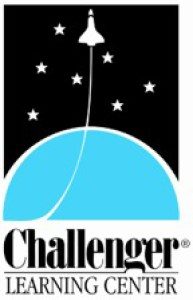

Discussion Questions:
- Currently, there is a search for a young writer to write Mars City Crisis for the Star Challengers series- what would you make the book about?
- If you had the chance to go live on the space station, would you?
We Flagged: “Also,” the commander pointed out, “the Moon is near a quarter of a million miles from Earth, while the speed of our signal – the speed of light – is a mere 186,282 miles per second. Therefore it takes 1.3 seconds for a message to travel from Earth to the Moon, which will produce a noticeable lag when you talk to anyone at Moonbase Magellan.” (p. 26)
“Zota continued as if he hadn’t heard. “Because of the Moon’s lack of atmosphere, walking on its surface will be like stepping out into a hard vacuum Your spacesuit maintains your body’s integrity. If your suit fails, your tissues explode and freeze. We wouldn’t want that now, would we?” The cadets shook their heads.” (p. 37)
Read This If You Loved: Zita the Spacegirl by Ben Hatke, The Softwire by PJ Haarsma, C.H.A.O.S. by Jon S. Lewis, Nonfiction books about space
Recommended For:



I think this book is a great resource for the classroom;
I hope you fill find a way to use it!

